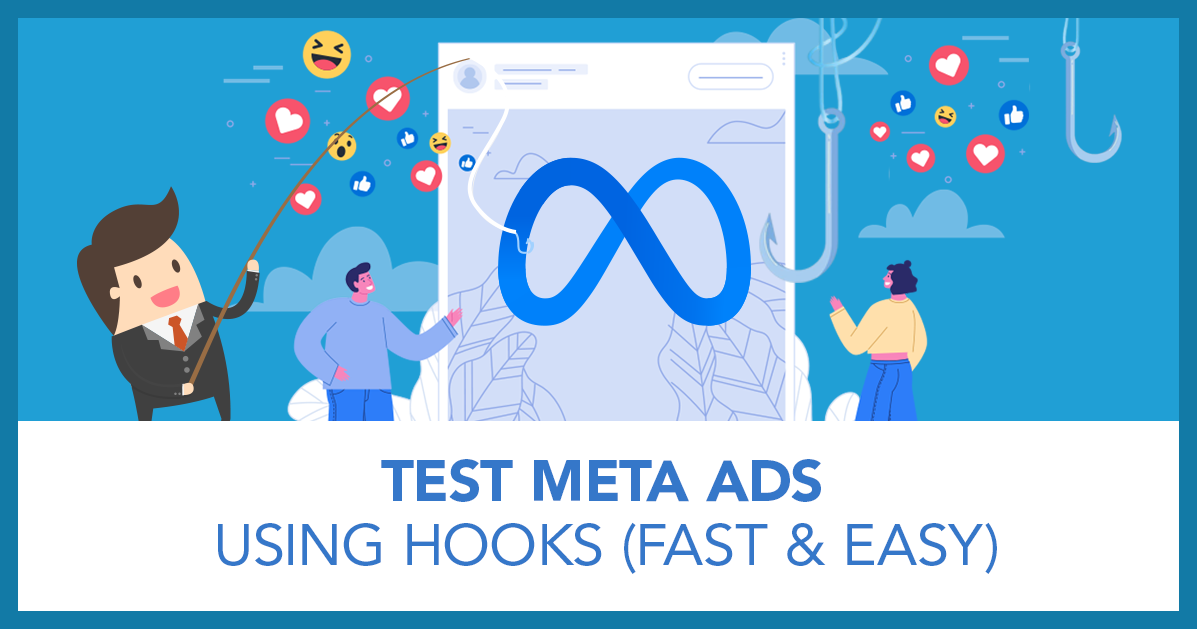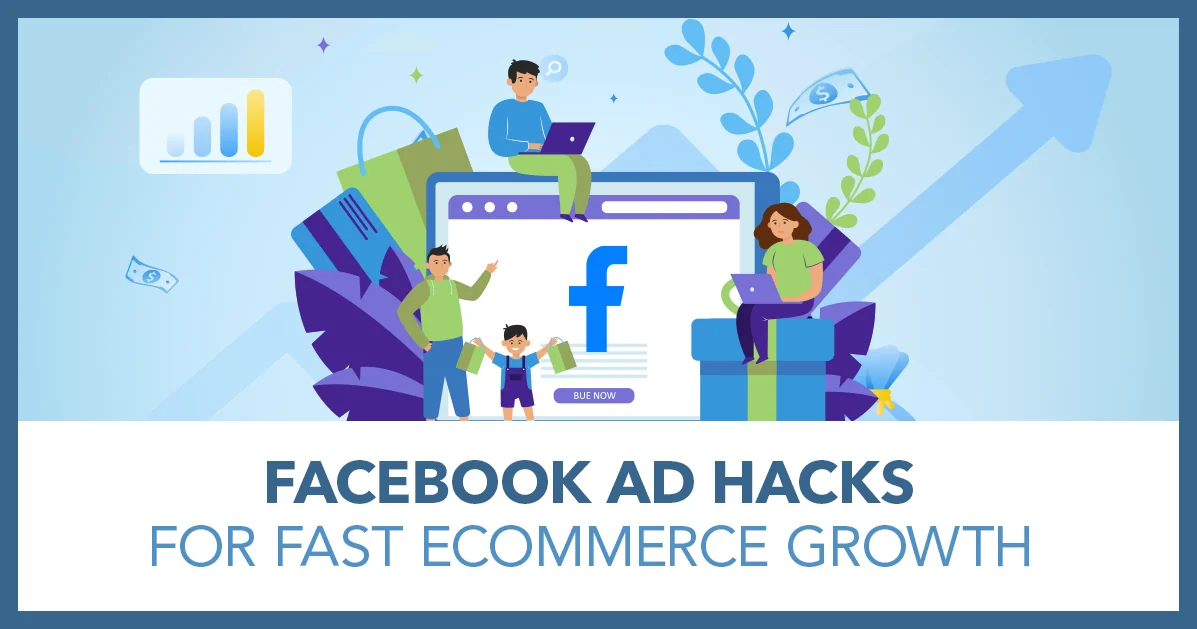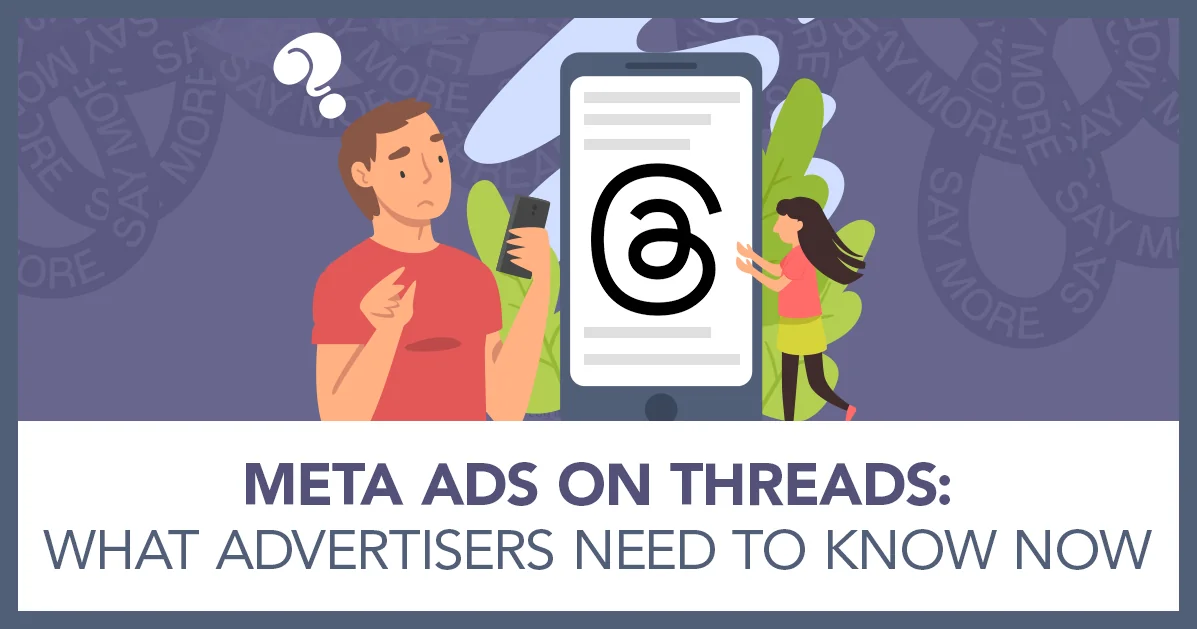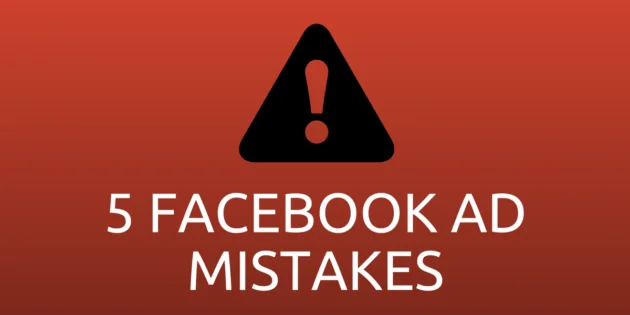
5 Most Common Facebook Ad Mistakes
If you’re advertising your business on Facebook and you’re not generating the results that you want… that’s probably because your making at least 1 of the 5 most common Facebook ad mistakes.
I’ve talked to hundreds of small business owners that are trying to advertise their products and services on Facebook.
And honestly, a lot aren’t really getting anywhere with it.
Of course there were many different reasons why they weren’t having much success, but the same reasons came up again and again.
So I thought it would be really useful for me to explain what the 5 most common Facebook ad mistakes are, and how you can avoid them.
So let’s start with…
1) Not Using The Facebook Pixel
From what I’ve seen 90% plus of Facebook advertisers have not installed the Facebook pixel on their website.
Of course that’s not a problem if you’re just looking to increase brand awareness on Facebook. And if you have no intention of sending any traffic to your website…
But that’s a small minority of Facebook advertisers.
For the overwhelming majority that are sending traffic to their website, installing the Facebook pixel is absolutely essential.
Whether you’re sending people to content to educate them, or you’re hoping to directly generate sales, it doesn’t matter.
You need to use the Facebook pixel.
Without it you are flying completely blind.
You can’t accurately assess how well your campaigns or sales funnels are performing.
Heck, you can’t even tell if they’re profitable or not.
When you install the Facebook pixel along with a few event codes, you’ll produce data like this:
![]()
This is a screenshot taken from our own Facebook ad account and it shows some really valuable data.
We can see exactly how many leads and sales we’ve generated, and exactly how much it costs to generate each of those actions.
We can use this data to assess whether or not a campaign is performing as well as it needs to.
For example, lead generation for less than £1 is fantastic.
And both the campaigns shown above are generating purchases for way less than our acceptable limit of £25 each.
If we didn’t have the Facebook pixel installed we would only be able to guess at the performance of these campaigns.
Check this video out to find out exactly how to install the Facebook Pixel.
2) Using The Wrong Campaign Objective
You can do more than just boosting posts… honestly!
And you don’t have to be an advanced Facebook advertiser to do it.
At the time of writing (they always change it) Facebook actually have 17 different campaign objectives to choose from:
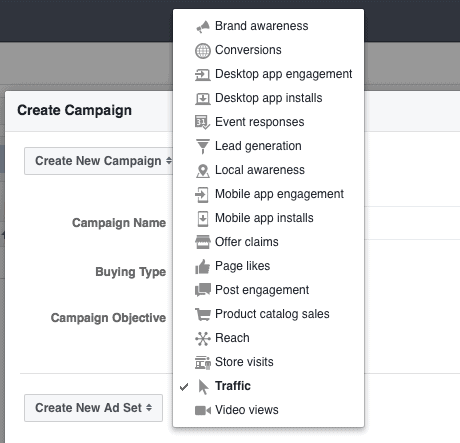
Here’s a screenshot from the Power Editor that shows you all the campaign objectives that are currently available.
(If you don’t use the Power Editor to create your campaigns then you won’t be able to use all these options)
As you can see, the options are more limited when you create a campaign in Ads Manager:
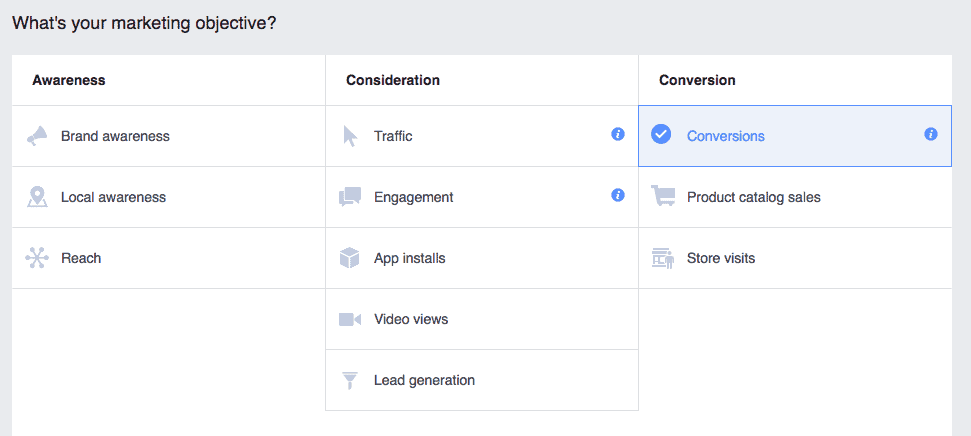
Now of course, you don’t need to use all the objectives. And you’re unlikely to use more than a few…
But you do need to make sure that you use the right one.
Treat the list above like a menu.
Just select the one that best describes what you want.
If you’re looking to educate your target market with a blog post and you want to send as many people as possible to that post, use the traffic campaign objective.
If you want as many people to watch your video as possible, choose video views.
The mistake most people make is that they use the traffic campaign objective for every campaign.
Most people are sending traffic to their website to generate leads or sales.
So they should be using the conversions campaign objective.
You will need to install the Facebook pixel to use the conversion campaign objective. But trust me, it is well worth doing.
Facebook have incredibly sophisticated targeting algorithms and they can work out which people are most likely to take specific actions.
If you ask Facebook for conversions, they’ll put your ad in front of people that are more likely to convert.
Isn’t that awesome?
3) Creating Just 1 Facebook Ad Campaign
Facebook is an advertising platform, but it’s also a social network.
And a lot of advertisers seem to have forgotten that.
Facebook users are not on Facebook to be advertised to or to buy anything.
That doesn’t mean they won’t of course…
But that’s not why they’re there.
If you just create a ‘please buy this’ or ‘please hire me’ Facebook ad campaign (as the vast majority of advertisers do) it’s unlikely to succeed.
Instead, you need to create a full Facebook advertising sales funnel.
You need to provide content and value upfront. And you need to take people through each step of your sales funnel.
You can find out everything you need to know about creating Facebook advertising sales funnels in our 30-Day Facebook Advertising Launch Plan.
Asking your prospects to purchase before they even know you, is like asking for someone to marry you on a first date…

They just aren’t ready yet.
4) Ignoring New Features
As a digital marketing agency, it’s a lot easier for us to avoid this Facebook ad mistake than other companies.
And Facebook is constantly releasing new features, so I appreciate that it’s difficult to keep up with everything.
But if you don’t take advantage of new features you’re missing out big time.

Not only are you missing out on an opportunity to get a leg up on your competition. But if you leave it long enough, you’ll fall behind them.
Every new feature also has a honeymoon period.
When Facebook release a new feature such as a new ad placement, it’s ‘newness’ seems to be really beneficial.
Which makes sense because something new will automatically draw the attention of Facebook users, which leads to more engagement.
When we jump on a new feature, we almost always see a lower cost per lead and sale using it, at least for a couple of months.
5) Assessing ROI Too Quickly
Have you ever heard someone say – “Facebook doesn’t work”
I’ve definitely heard that and it’s such a silly statement.
Does Facebook work for everyone? No.
Does it work tremendously well for businesses that know how to use it properly? Absolutely.
Saying Facebook doesn’t work, is like saying business doesn’t work when your startup fails.
When people say that Facebook doesn’t work, it’s most likely because…
1) They didn’t advertise on the platform properly and didn’t use a similar approach to that laid out in the 30-Day Facebook Advertising Launch Plan
2) They didn’t give it long enough
Advertising on Facebook (just like all forms of marketing) is not going to work overnight.
It takes time to warm up the prospects in your target market to the point where they are ready to buy from you.

Do not run a campaign for a week or even a month and calculate the ROI generated.
It’s too early.
During that first month, you might have started to warm up prospects that will be ready to buy from you in 3 months, 6 months or even a year’s time.
That is by no means wasted ad expenditure, but it won’t deliver revenue and factor into your ROI calculations until much later.
I would recommend you assess ROI over a minimum of a 3 month time window and preferably 6 months.
Conclusion
So to quickly recap:
1) Install the Facebook pixel on your website, including conversion codes
2) Create your Facebook ad campaigns in Power Editor and make sure you use the most appropriate campaign objective
3) Create more than 1 ‘please buy this’ Facebook ad campaign. Use the 30-Day Facebook Advertising Launch Plan to learn how to create a full Facebook advertising sales funnel
4) Take advantage of new Facebook ad features to get an edge on your competition (subscribe to our email list if you haven’t already and we’ll help you keep on top of things)
5) Take a longer term perspective and assess the ROI you’re generating over a longer time period
If you can avoid these 5 most common Facebook ad mistakes, it doesn’t guarantee success, but you’ll give yourself a much better chance.
Let me know what your biggest takeaway from this blog post is in the comments section below.



